Taking a person-first approach to high performance sport in Canada
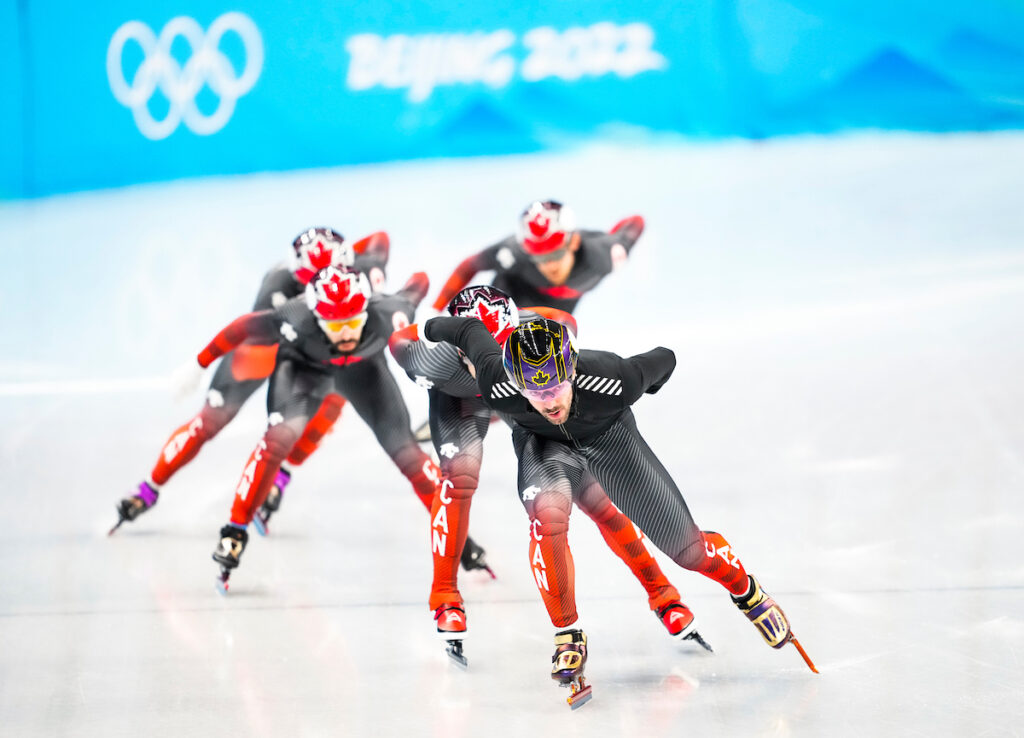
Highlights Over the course of 2022, athletes and supporters have consistently raised concerns about maltreatment and lack of transparency in the Canadian sport sector In this SIRCuit article, Teddy Katz explores athlete concerns, as well as changes being made within Canadian sport to move towards a “person-first” system Katz spoke to Olympians, mental health experts…
Sport Information Resource Centre announces it has joined Abuse-Free Sport
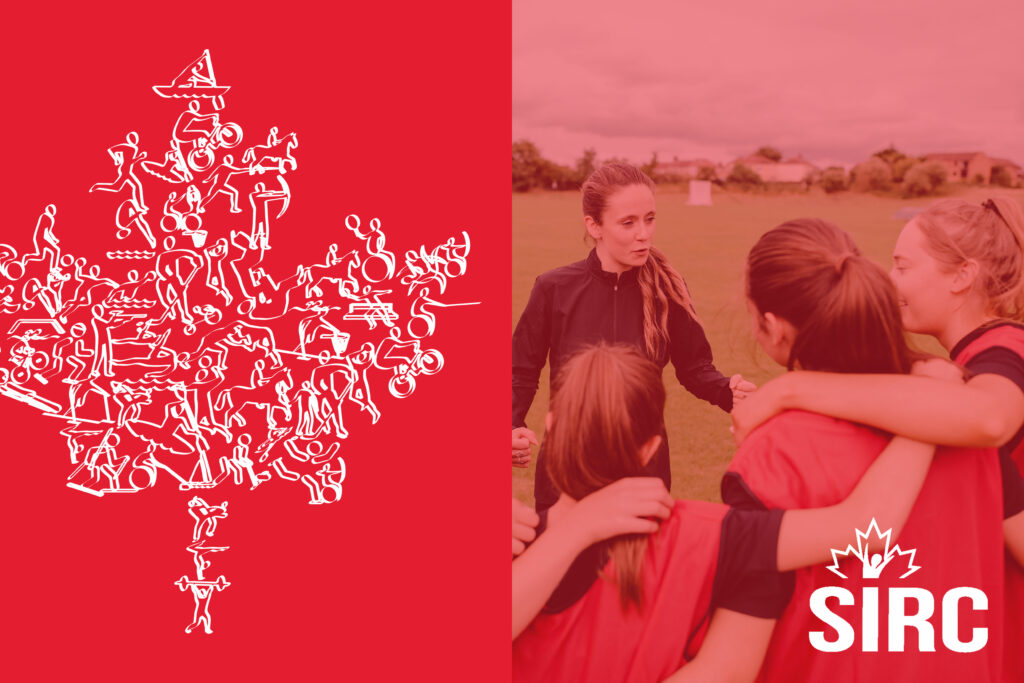
Canada’s most trusted partner in advancing sport knowledge will continue to provide resources to help prevent maltreatment in sport Dec. 23, 2022 Ottawa – The Sport Information Resource Centre (SIRC) is pleased to announce that it has signed an agreement to join Abuse-Free Sport, the new independent program to prevent and address maltreatment in sport….
“I feel (un)safe when…”: What athletes have to say about high performance culture
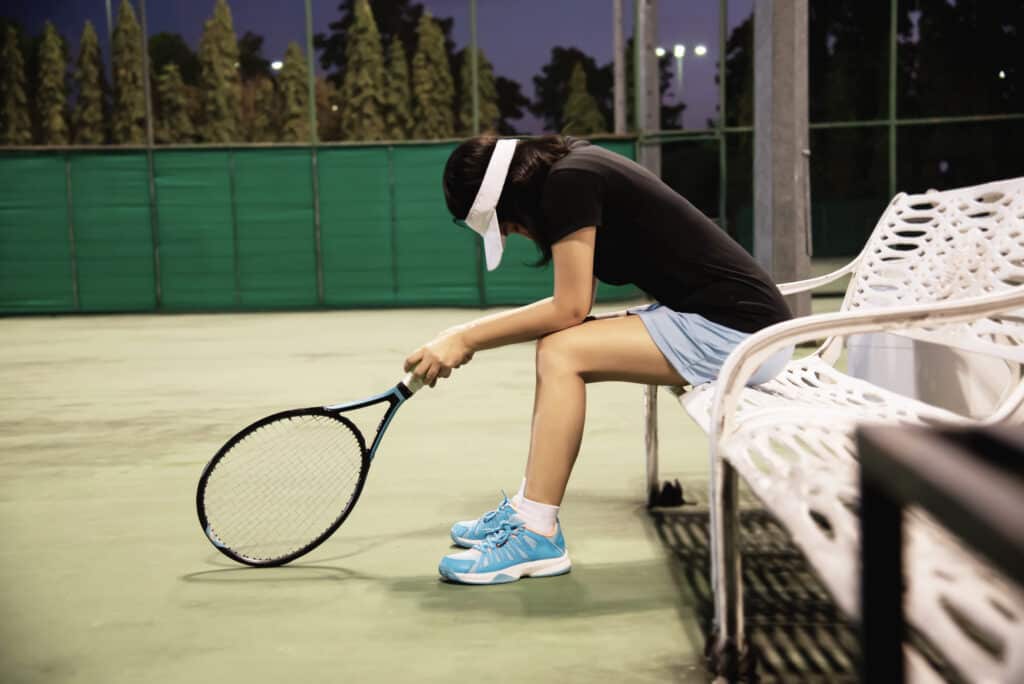
Highlights In this article, researchers present their findings about Canadian high performance athletes’ perspectives on safe and unsafe sport environments, as well as recommendations for changes Athletes identified coach behaviour, teammate or fellow athlete behaviour, lack of resources and an inattentive sport system as key factors contributing to unsafe sporting environments Implementing initiatives to target…
Tokyo, Beijing and a global pandemic: How 4 sports are advancing Safe Sport
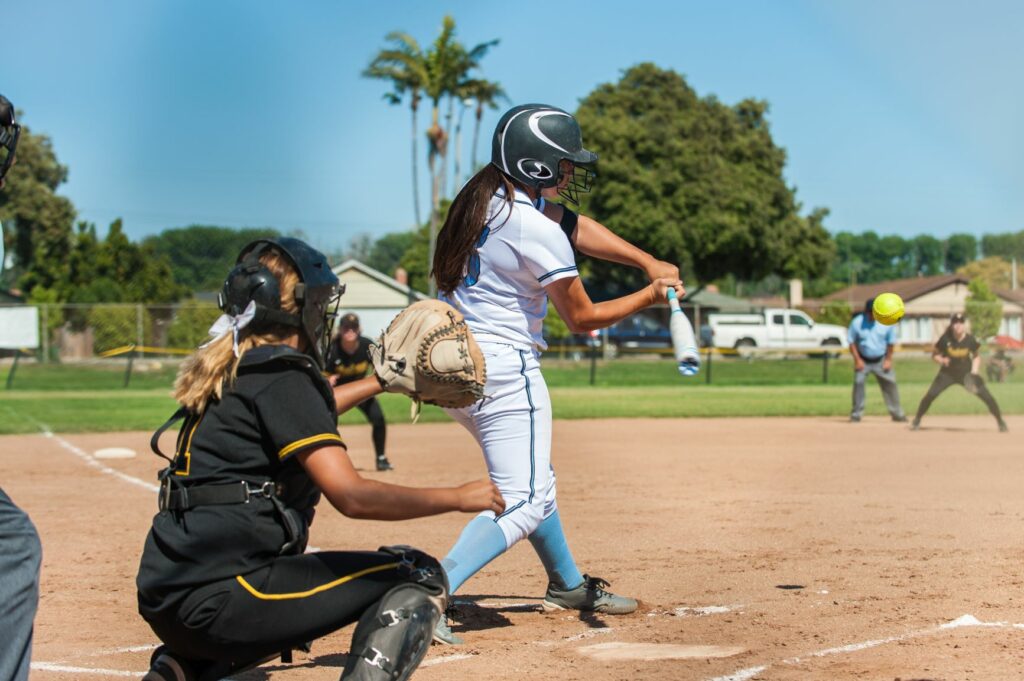
Highlights Perhaps not surprisingly, the unofficial theme of the Tokyo 2020 Olympic and Paralympic Games has been ‘safety first.’ Postponed from 2020 to 2021 due to the COVID‑19 pandemic, the Summer Olympic and Paralympic Summer Games are scheduled to take place respectively from July 23 to August 8 and from August 24 to September 5. Even before the…
Next Steps in the Safe Sport Journey: From Prevention of Harm to Optimizing Experiences

Highlights This article addresses the next steps in the Safe Sport journey; specifically, how to move from a focus on prevention of harms to a focus on optimizing the sport experience for athletes and sport leaders alike. This journey involves a cultural change in sport—one that challenges some traditionally accepted assumptions and practices and encourages…
Can you hear me now? The emergence of the athlete voice in Canadian Sport
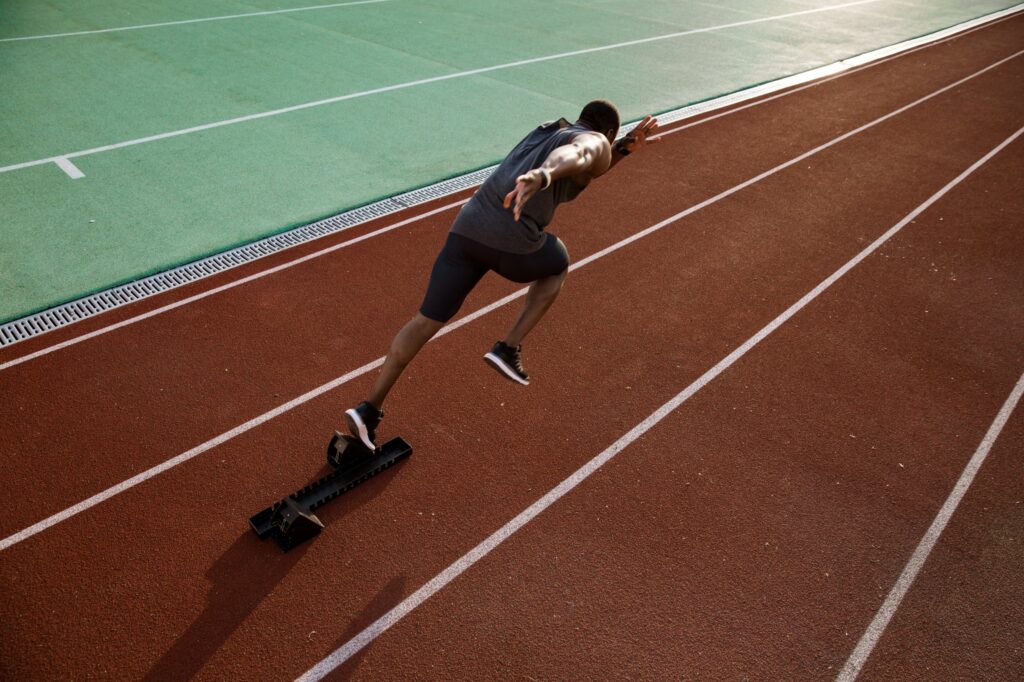
This article is the third and final piece in a special series that explores how Canadian sport leaders are adapting and innovating to safeguard the well-being of athletes preparing for the Tokyo Olympic and Paralympic Games and other major games during a global pandemic. Don’t miss the first and second articles in the series! Highlights…
Bringing a Trauma-Sensitive Focus into Children’s Active Play
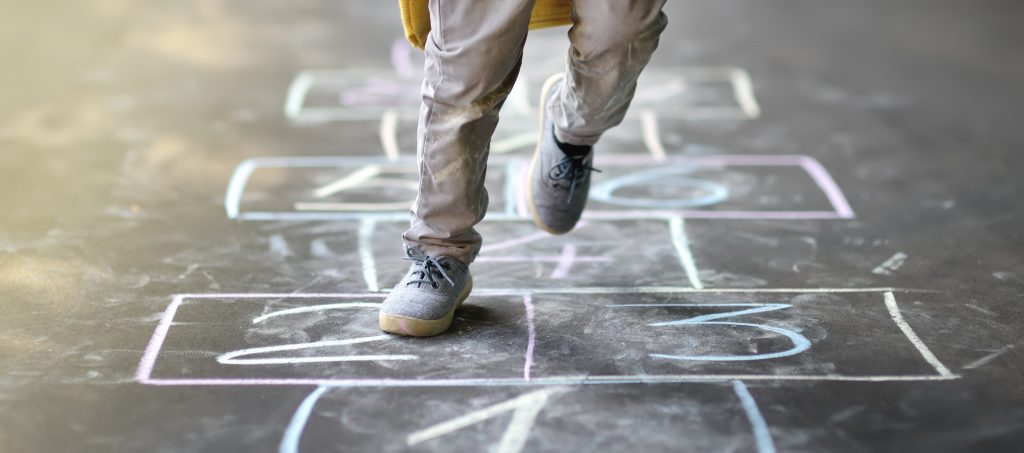
It’s September – a traditional time of transition. This year, because of the COVID-19 pandemic, children are confronting significant change and uncertainty. Children are at elevated risks of negative physical and mental health consequences for several reasons (Chanchlani et al., 2020). First, school, daycare, and community programming closures in March 2020 resulted in potential loss…